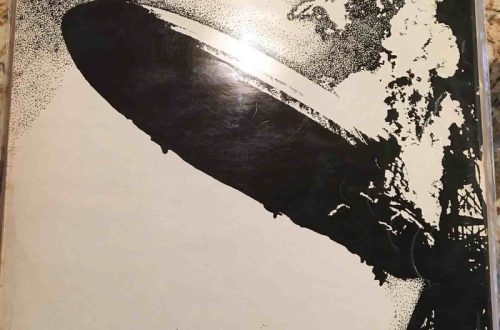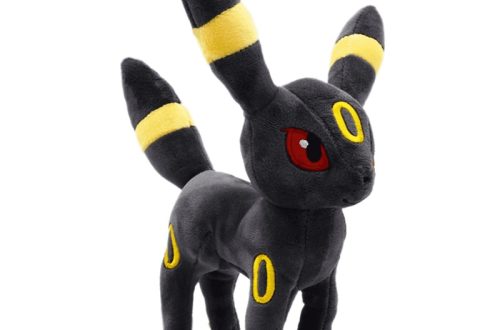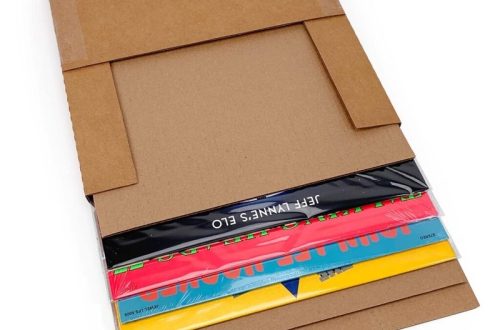Part 1: The Art of Aerial Photography
Unique Perspectives: A New Dimension in Photography
Quadcopters have revolutionized the world of photography. They offer aerial photographers a unique perspective. This perspective was once the exclusive domain of helicopters and airplanes. These versatile flying devices allow photographers to capture stunning and unconventional images. They reveal landscapes, architecture, and events from captivating vantage points.
By soaring above the ground, photographers can unveil the intricate patterns of natural landscapes, from the meandering rivers and lush forests to the dramatic coastlines and arid deserts. Aerial photography offers a bird’s-eye view, revealing hidden connections and broader contexts that are often missed from ground level.
In urban environments, quadcopters can capture the grandeur and complexity of cityscapes. From the towering skyscrapers and bustling streets to the quiet residential neighborhoods, aerial photography provides a fresh perspective on urban life. By capturing the interplay of buildings, roads, and green spaces, photographers can highlight the unique character of each city.
Moreover, quadcopters have opened up new possibilities for capturing events and gatherings. Aerial photography can provide a comprehensive overview of large-scale events, such as concerts, festivals, and sporting events. By capturing the crowd’s energy and the overall atmosphere, photographers can create dynamic and immersive images that capture the essence of the occasion.

The Art of Aerial Composition
While technology plays a crucial role in aerial photography, it is the photographer’s creative vision that truly sets exceptional images apart. Aerial photography demands a nuanced understanding of composition, light, and spatial relationships to create visually compelling images that convey depth and scale.
One of the key challenges in aerial photography is to balance the vastness of the landscape with the specific elements that make up the scene. Carefully selecting the angle, altitude, and focal length is important. Photographers can create compositions that draw the viewer’s eye to the subject of interest while still conveying the overall context.
The interplay of light and shadow is another essential element in aerial photography. By understanding the direction and intensity of light, photographers can create dramatic and evocative images. The golden hour, when the sun is low in the sky, is a particularly popular time for aerial photography, as the warm, soft light can enhance the beauty of the landscape.
Part 2: Fundamentals of Quadcopter Photography
Camera Systems: The Eyes of the Drone
The quality of aerial photography hinges on the quality of the camera system. A well-chosen camera and gimbal setup can significantly impact the final image, determining factors like resolution, dynamic range, and low-light performance.
A high-resolution camera sensor is essential for capturing detailed images, especially when zooming in or cropping. A wide dynamic range allows the camera to handle a broad range of light intensities, ensuring that both highlights and shadows are well-exposed. Low-light performance is crucial for capturing images in challenging lighting conditions, such as dawn, dusk, or indoor environments.

The gimbal system is another critical component of an aerial photography setup. A high-quality gimbal stabilizes the camera, reducing vibrations and ensuring smooth, steady footage. Gimbal systems with multiple axis stabilization provide greater flexibility and allow for creative camera movements, such as panning, tilting, and rolling.
Flight Planning: The Art and Science of Aerial Photography
Strategic flight planning is the cornerstone of successful aerial photography. By carefully considering factors such as weather conditions, wind speed, and battery life, photographers can optimize their flight time and maximize their chances of capturing stunning images.
Understanding the quadcopter‘s capabilities is essential for safe and efficient flight. Factors like flight time, maximum altitude, and wind resistance should be taken into account when planning the flight path. By knowing the limitations of the drone, photographers can avoid pushing the boundaries and risking accidents.
The composition of aerial photographs is equally important. The rule of thirds, leading lines, and the golden ratio are fundamental principles of composition that can be applied to aerial photography. By carefully framing the shot and considering the overall balance of the image, photographers can create visually appealing compositions.
Part 3: Techniques for Capturing Striking Aerial Images
The Rule of Thirds: A Timeless Compositional Tool
The rule of thirds is a fundamental principle of photography that can be effectively applied to aerial photography. By dividing the image into nine equal parts with two horizontal and two vertical lines, photographers can create balanced and visually appealing compositions.

The rule of thirds quadcopter suggests placing points of interest along these lines or at their intersections. This technique helps to avoid centering the subject, which can often lead to a static and less engaging image. By placing the subject off-center, the photographer can create a more dynamic and visually interesting composition.
For example, when photographing a landscape, placing the horizon along one of the horizontal lines can create a sense of depth and perspective. Similarly, placing a prominent landmark or building at one of the intersection points can draw the viewer’s eye to the key element of the image.
Golden Hour Magic: Capturing the Perfect Light
The golden hour, the period shortly after sunrise and before sunset, is a prime time for aerial photography. During this time, the sun is low on the horizon, casting long, soft shadows and creating warm, golden light. This unique lighting condition can dramatically enhance the visual impact of aerial images.
The soft, diffused light of the golden hour reduces harsh shadows and highlights, resulting in a more balanced exposure. This gentle light can create a sense of tranquility and mystery, making it ideal for capturing landscapes, architecture, and portraits.
By planning your flight during the golden hour, you can take advantage of the beautiful lighting and create stunning aerial photographs. However, it’s important to be aware of the changing light conditions and adjust your camera settings accordingly. As the sun moves across the sky, the intensity and color temperature of the light will change.

Part 4: Advanced Imaging and Post-Processing
HDR Imaging: A Brighter Perspective
High Dynamic Range (HDR) imaging is a technique that allows for a wider range of tones to be captured in a single image. This range extends from the darkest shadows to the brightest highlights. When applied to aerial photography, HDR can significantly enhance the quality and detail of the images, especially in challenging lighting conditions.
By capturing multiple quadcopter exposures of the same scene at different exposures, HDR imaging allows the camera to capture a wider range of tones than a single exposure. These exposures are then combined using specialized software to create a single image with greater detail and color accuracy.
For example, when photographing a landscape with both bright skies and dark shadows, HDR imaging can help to balance the exposure, ensuring that both the sky and the ground are well-exposed. This can result in more vibrant colors, deeper shadows, and brighter highlights.
Post-Processing: The Finishing Touch
Post-processing is an essential step in the aerial photography workflow. By using advanced editing techniques, photographers can enhance the quality and visual impact of their images.
Color correction is one of the most important aspects of post-processing. By adjusting the color balance, contrast, and saturation, photographers can bring out the natural beauty of the scene. Color correction can also be used to create specific moods and atmospheres, such as a warm and inviting or a cool and mysterious tone.
Sharpening is another important technique that can be used to enhance the details in an image. However, it’s important to use sharpening judiciously, as excessive sharpening can lead to a loss of detail and a grainy appearance.

Perspective correction is another useful technique that can be used to correct distortions caused by the camera lens or the angle of the shot. By adjusting the perspective, photographers can create more realistic and visually appealing images.
In addition to these basic techniques, advanced post-processing techniques can be used to further enhance the quality of aerial images. Examples include noise reduction, lens correction, and tone mapping. By mastering these techniques, photographers can create stunning and visually striking images that capture the beauty of the world from above.
Part 5: Unique Applications and Perspectives
Cinematic Aerial Filmmaking:
Quadcopters enable filmmakers to capture sweeping aerial sequences for movies, documentaries, and commercials, offering dynamic, immersive perspectives.
Environmental Documentation:
Quadcopter photography is a valuable tool for documenting environmental changes, conducting ecological surveys, and raising awareness about conservation efforts.
Part 6: Legal and Ethical Considerations
Compliance with Regulations:
Aerial photographers using quadcopters must understand and adhere to aviation regulations and privacy laws, ensuring responsible and legal use of the technology.
Respect for the Environment and Privacy:
Balancing the pursuit of captivating aerial imagery with respect for environmental habitats and privacy rights is essential for ethical and sustainable quadcopter photography practices. This comprehensive guide explores the art and techniques of mastering quadcopter photography. It covers the fundamentals of aerial imaging, advanced techniques, unique applications, and the legal and ethical considerations that shape responsible quadcopter photography.




